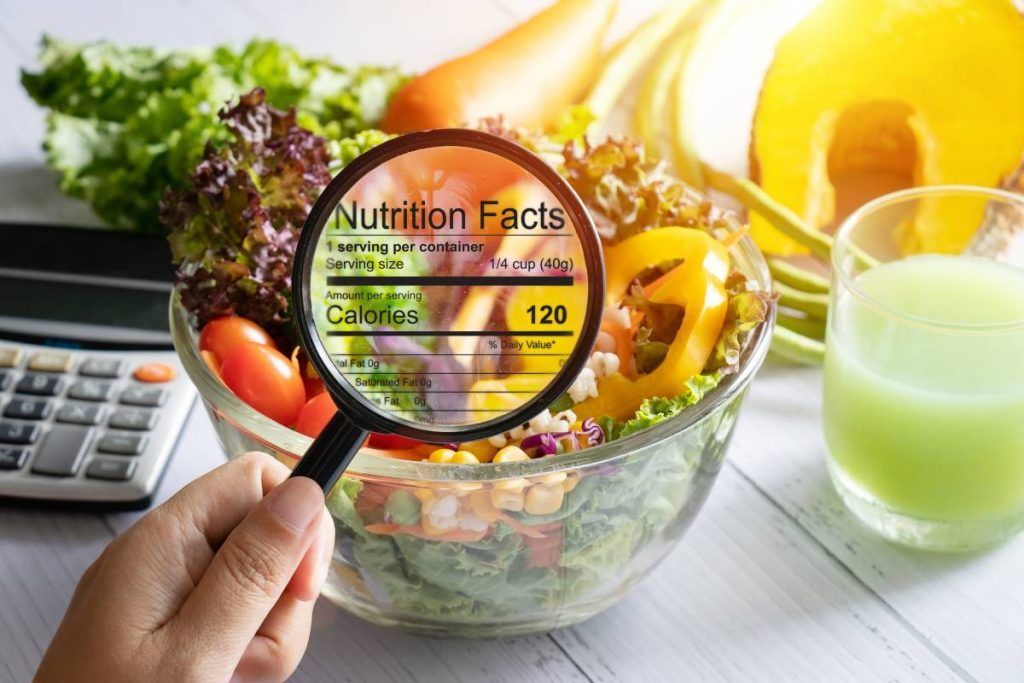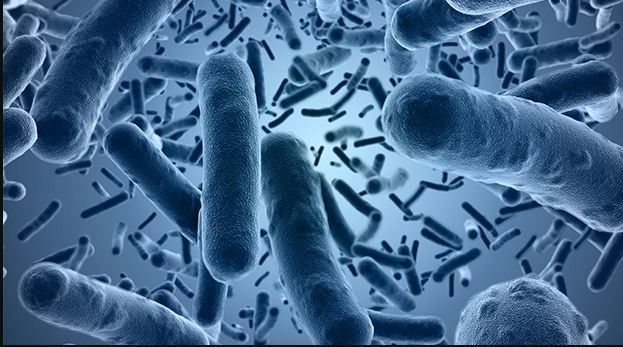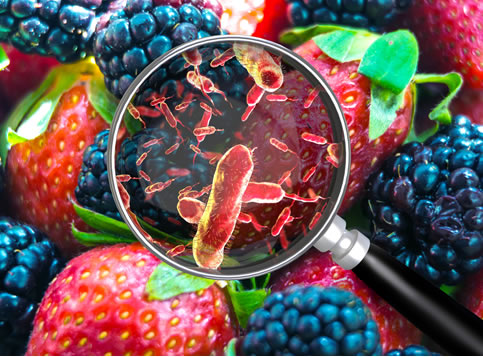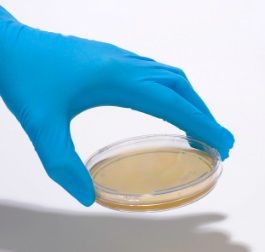






Hand washing is the most common and one of the most effective methods for reducing the spread of pathogenic microbes. In our world today, hand washing is a part of our daily lives; this is especially true for those working in the food handling and medical industries predisposed to serious contamination events. As such, employers often have strict worker hygiene policies, which emphasize hand washing, to prevent and reduce the frequency of these contamination events. However, a recent study revealed that "liquid soap can become contaminated with bacteria" which can increase exposure to pathogenic organisms and potentially lead to illness [1].
In the study, it was observed that the design of soap dispensers commonly found in public bathrooms significantly increased the contamination risk for people using those dispensers. Bulk-soap-refillable dispensers (BSFD) were identified to have the most significant risk of microbial contamination as the process to refill these soap dispensers requires new soap to be directly poured into the existing dispenser [1]. Often viewed as a minor issue, pouring soap directly into soap dispensers has been shown to increase the likelihood of contamination events as outlined by several reported cases of bacterial contamination in healthcare settings [1]. In one such case in 2011, it was discovered that a batch of liquid soap intended for use in an Ohio hospital was found to be contaminated with a high quantity of Pseudomonas aeruginosa, a highly infectious microbe [1,3]. Those infected with Pseudomonas aeruginosa often experience high fever, vomiting, shortness of breath and impaired vision [1,3]. If not treated, those affected can develop pneumonia, septic shock and gastrointestinal infections which are often treated with antibiotics, however several multi-drug resistant strains of Pseudomonas aeruginosa currently exist [2,3]. As such, preventing exposure to Pseudomonas aeruginosa and its multi-drug resistant strains with contaminant-free soap is paramount to ensuring the continued safety of healthcare workers and patients alike.
Similar to the Pseudomonas aeruginosa contamination event, investigators also tested soap dispensers in elementary schools. As mentioned before, liquid soap from BSFD devices were tested for microbial contamination along with soap from sealed refill dispensers. Results from the tests showed a 26 fold (26x) increase in gram-negative bacteria on the hands of students and staff after hand washing from the bulk-soap-refillable dispenser [1,2]. In contrast, sealed refill dispensers were shown to reduce the bacterial load on the hands of students and staff by two-fold (2x) [2]. Results from this study show how potentially dangerous contaminated soap can be as well as showing how the bacterial load on the hands of students and staff helps to facilitate the transmission of opportunistic pathogens [1,2,3]. The observed levels of bacteria on the hands of anyone that used BSFD devices can also spur the transmission of Klebsiella pneumoniae, Serratia marcescens, Enterobacter other pathogenic microbial species. Additionally, another related study found that 25% of soap dispensers in the US are excessively contaminated with potentially pathogenic microbes with 16% of the dispensers in the US also being contaminated with coliform bacteria commonly found in the digestive tracts of animals [2,3]. The significant increases in bacterial load after hand washing presented in this study highlights the potential risk of exposure and illness present in these soap dispensers while also characterizing the increasing potential for easily transmissible microbes to society at large.
Contamination events are an ever-present risk in today’s world and with many of us working in and around high traffic areas; proper hand washing is a must. As the studies have detailed, even hand washing can pose a contamination risk, thus increasing your likelihood of exposure to pathogens. Here at Sure-BioChem Laboratories, we recommend avoiding bulk-soap-refillable soap dispensers and if possible using sealed refill soap dispensers as an alternative. If sealed refill soap dispensers are not available, carrying hand sanitizer and sanitizing wipes are known reduce your risk of exposure to pathogenic microbes from these soap dispensers. For more information regarding other sources of microbial contamination, Microbial Analysis, and Bioburden Testing contact Sure-BioChem at 888-398-7247.
References
C. A. Zapka, E. J. Campbell, S. L. Maxwell, C. P. Gerba, M. J. Dolan, J. W. Arbogast, D. R. Macinga. Bacterial Hand Contamination and Transfer after Use of Contaminated Bulk-Soap-Refillable Dispensers. Applied and Environmental Microbiology, 2011; 77 (9): 2898 DOI:
Chattman, Marisa, and Sheri L. Maxwell. "Occurrence of heterotrophic and coliform bacteria in liquid hand soaps from bulk refillable dispensers in public facilities." Journal of environmental health 73.7 (2011): 26.
Lanini, Simone, et al. "Molecular epidemiology of a Pseudomonas aeruginosa hospital outbreak driven by a contaminated disinfectant-soap dispenser." PloS one 6.2 (2011): e17064.







Interested in Working with
Sure-BioChem Laboratories
Sure-BioChem Laboratories offers top-notch analytical testing for various industries. Our advanced lab and expert team ensure reliable, quality results. We're committed to excellence, helping clients meet high standards in environmental, food, and pharmaceutical testing.
Headquarters:
1000 Atlantic Avenue
Camden, NJ 08104
PHONE: 888-398-7247
Main Menu